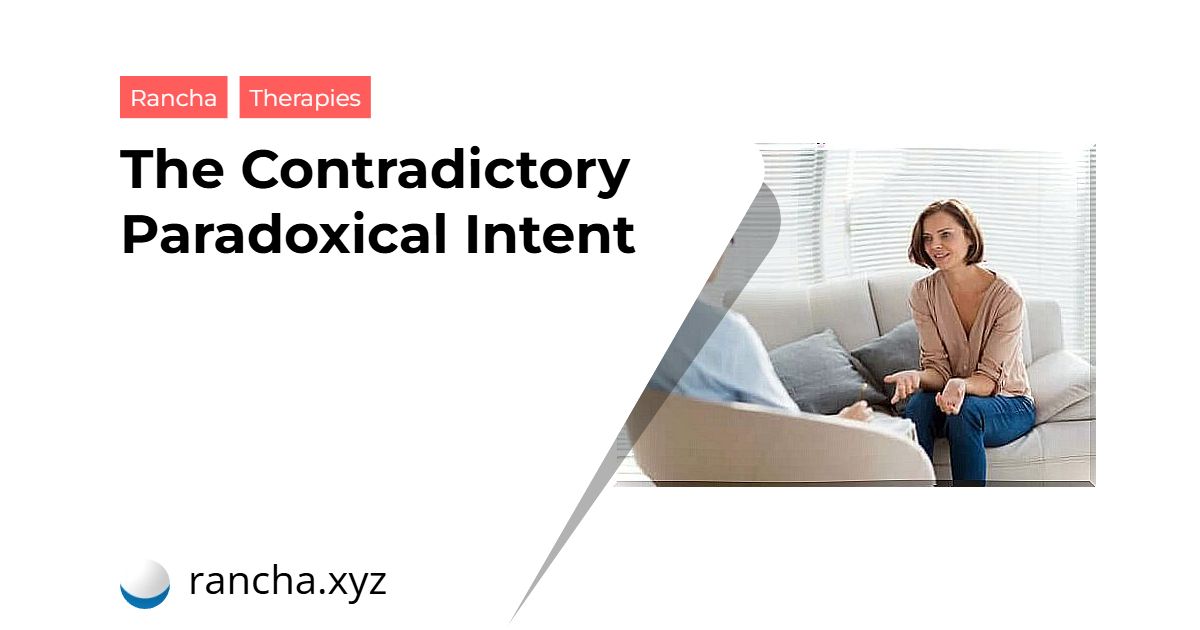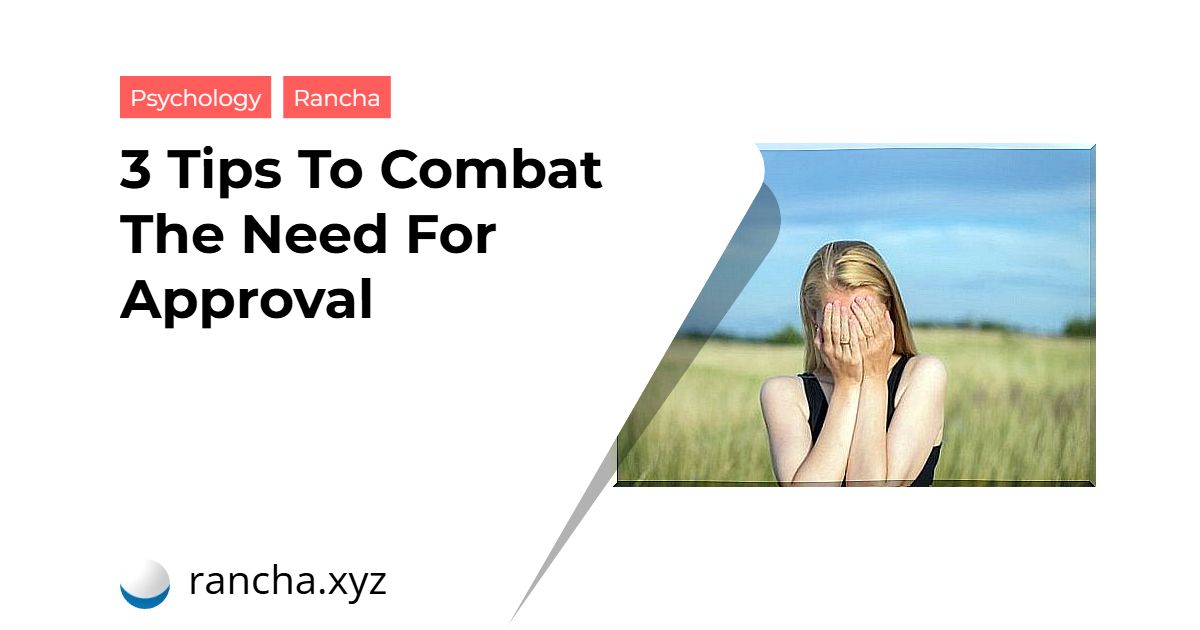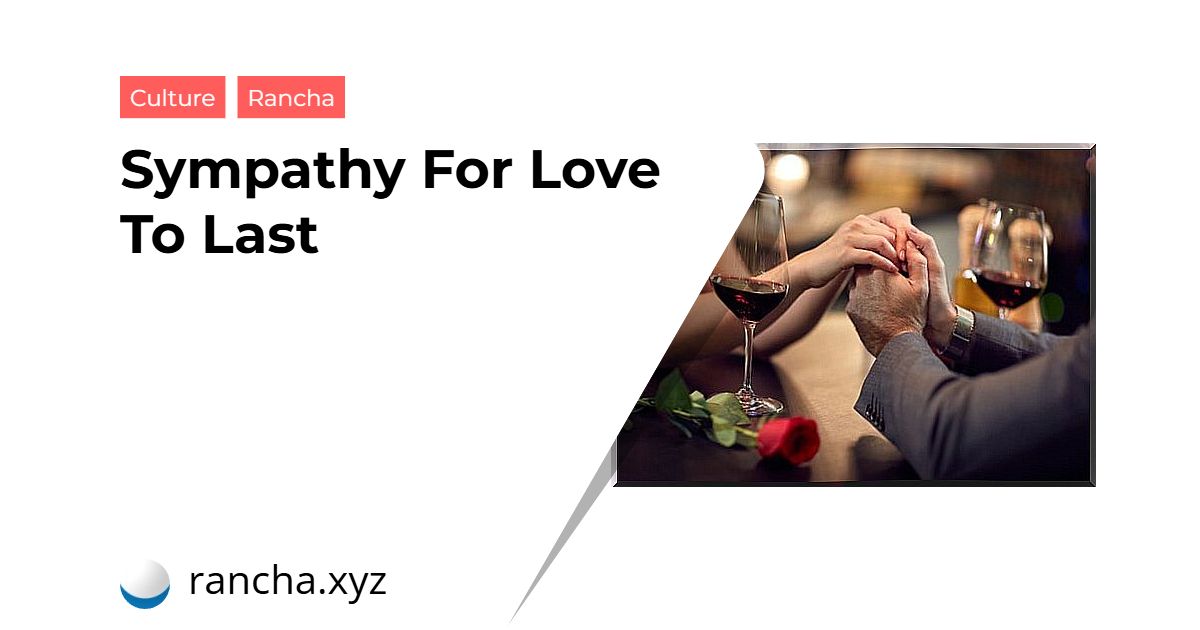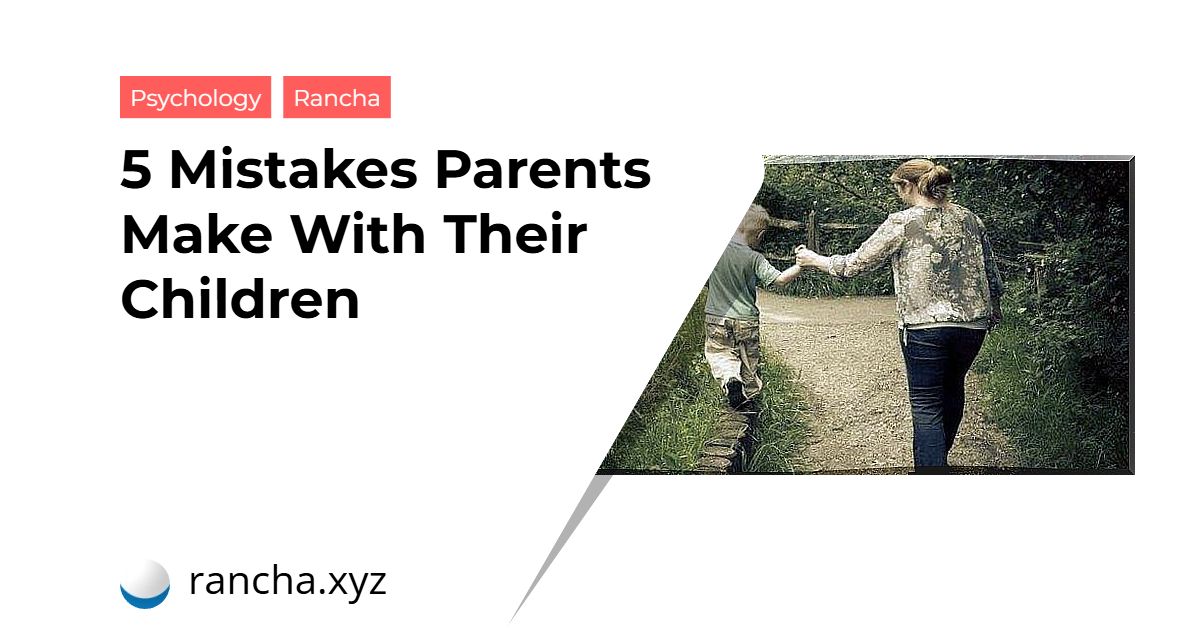Paradoxical techniques seek exactly what their name implies: disagreement, absurdity. With them, the objective is that the person puts into action behaviors that, at other times, he tries to avoid, and that are usually the source of his discomfort and anguish. In such cases, contradictory paradoxical intent can be very helpful.
From Salgado, Gómez and Yela ‘s chapter Detention of Paradoxical Thought and Intention , included in Labrador’s Handbook on Behavior Modification Techniques (2007), we will try to understand which mechanisms are implemented so that the contradictory paradoxical intention is more than incoherence , an invaluable technique for achieving therapy changes.

The goals of paradoxical intent
In many psychological disorders, especially anxiety disorders or obsessive-compulsive disorders, the attempts to prevent obsessive thoughts, rituals or feelings of anxiety not only show counterproductive, but also cause the problem lasts.
A person with OCD with hidden rituals, for example, may try not to check or control their thoughts. These impulses, which usually occur spontaneously, are very difficult to control.
Therefore, according to Salgado et al., the objective of the paradoxical intention is:
- That the person renounces having control over autonomic or spontaneous responses (not having anxiety, not performing compulsions…).
- That the person tries to make the symptom appear in situations other than those in which it normally appears, and that the worst consequences develop from that symptom. For example, the therapist might ask a person with Generalized Anxiety Disorder to try to produce an anxiety attack during the session that is very intense, with a very pronounced reaction, and with a complete loss of control.
How is the shift in paradoxical intent explained?
Several theoretical models try to explain the mechanisms that allow the contradictory paradoxical intention to work. Some of these theories are:
- The double-bind theory : when two messages are simultaneously exclusive, the patient responds to only one. Therefore, the therapist asks the person who has anxiety to produce an emotion that usually occurs spontaneously. So, there are two scenarios: anxiety can appear (and the patient will try to increase it by moving away from the habit of trying to control or reduce it, or the anxiety will not appear).
- Symptom Decontextualization Theory : When the therapist asks the person to start his problematic behavior, he requests it in a context totally different from the one in which it usually appears. The symptom loses meaning as it responds to the demands of the surroundings. For example, if a person with a repetition compulsion performs his rituals without them responding to anxiety states or the desire to push away obsessive thoughts, the ritual loses its meaning because it has been decontextualized.
- Recurrent anxiety theory : according to Salgado et al., provoking a behavior and fearing it at the same time is incompatible. Hence, paradoxical intent is useful, for example, when a person anticipates his symptom. Sometimes, in people with sleep-related problems, it is the fear itself or the anticipatory anxiety of not sleeping that keeps them from falling asleep. Therefore, the desire to stay awake (paradoxical intention) eliminates the anticipatory fear of not being able to sleep. This allows her to be able to fall asleep.
The exhibition shrouded in paradox
Paradoxical intent also allows for exposure to certain behaviors that people fear and that, because they are avoided, are maintained. This occurs in the vast majority of anxiety disorders, since it is safety and avoidance behaviors that cause anxiety to continue to occur.
Paradoxical intent is especially helpful for those people who are afraid of feeling their own anxiety. They anticipate, for example, that they will lose control if they get on a plane, go to the movies, or go downtown at Christmas.
Although perhaps in these situations the person has never felt anxiety, his own anticipation may cause him to avoid these places.
In controlled contexts, it is difficult for the person to have an anxiety attack when requested. However, as therapy progresses, the therapist may ask her to try feeling anxiety in a supermarket or to try to increase her heart rate and speed up her breathing.
It is possible for her to experience anxiety, of course, but this anxiety is controlled. It is the person who chooses when it appears, not the circumstance.
Therefore, the paradoxical intention is also useful for the person to expose himself to his own anxiety. With it, the fear of anxiety that puts pressure on her and forces her to avoid doing things can disappear. If anticipatory anxiety disappears, safety behaviors and anxiety disorder will disappear as well.

It’s not just any paradox that counts
The paradoxical intention is not to ask a person to “feel anxious” with these words. If that’s your statement, you probably don’t know how to go about it. The instruction is too generic to get good results.
The therapist in question must be very specific in prescribing the task to the patient. Therefore, the behavior must be specified. In other words, you need to say exactly what you want, for how long and in what place.
Therefore, and according to Salgado et al. specifies, it is better to provide concrete guidelines than vague indications:
- Rather than asking your daughter to throw a tantrum, it’s better to ask her to scream as loud as she can and kick her feet before turning off the television.
- Don’t ask her to feel anxiety. Instead, ask her to try to make her heart beat faster, notice her palpitations, and even raise her body temperature. You can propose strategies for her to be able to do this.
- Instead of asking her to do something she doesn’t normally do before the binge, ask her to put on lipstick before the binge.
The specification and good understanding of behaviors can make the difference between the effectiveness and failure of paradoxical intention in a therapeutic context.
This reminds us that this is a very powerful technique, but also very dangerous in its application, because if it is not applied in a structured and directed way, it can present results contrary to the expected ones.
 rancha.xyz Be free to choose their own route to self-knowledge, health and balance of body and soul.
rancha.xyz Be free to choose their own route to self-knowledge, health and balance of body and soul.




